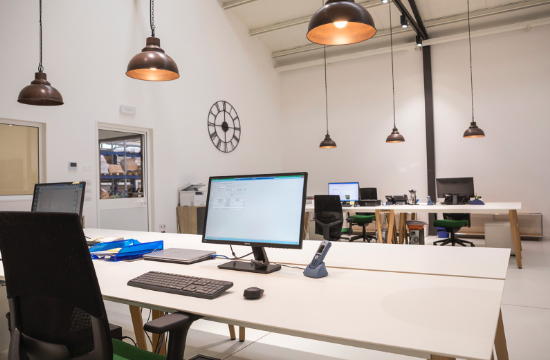"The artist works in a subjective manner for himself or herself and for an élite, white the designer works in a group for the community as a whole."
That's the difference between an artist and a designer according to Bruno Munari, one of the most eclectic italian artist-designer. The designer of course considers the object's aesthetic appeal but functionality and coherence are the most fundamental factors.
A design object (in our case, for example, it can be a chair or a sound absorbing panel) is the result of a very complex process. You're most likely a design field's insider so you certainly understand what we're talking about.
Design's not only about style but rather a matter of method: it requires a process that involves lots of people with many different skills and backgrounds.
In fact in Da cosa nasce cosa, Bruno Munari writes:
"Creativity doesn't mean improvisation without method: this produces only confusion."
The word design is too often associated with something purely aesthetic but we, as players in this industry, perfectly know its real significance: the design of a product is the set of functional, productive and material aspects.
For us at STIWOOD giving ideas a shape is everytime a challenging but exciting process. Today we want to share with you the steps that lead up to the final outcome.
STEP 1.
MARKET ANALYSIS.
STEP 2.
DEFINITION OF THE PRODUCT'S CHARACTERISTICS AND THE WIDE OFFER: SHAPE, VERSIONS AND VARIANTS.
STEP 3.
INITIAL SKETCHES TO DEFINE THE APPEARANCE OF THE PRODUCT.
STEP 4.
DEVELOPMENT OF THE 3D DESIGN PRODUCT.
STEP 5.
EXECUTION OF THE PROTOTYPE.
STEP 6.
PRODUCT'S TEST FOR THE STANDARDS VERIFICATION.
STEP 7.
FINAL 3D DESIGN PRODUCT REALIZATION.
STEP 8.
PRE-SERIES PRODUCTION.
The starting point is always the market: a design product is made mainly to satisfy customers' needs. In this regard, we analyse our target audience's life and purchasing habits to understand needs and trends that, when possible, we want to anticipate.
And let's not forget the part of the design process we enjoy the most: the choice of materials, the selection of the right kind of wood for the visible parts as well as the upholstery fabrics testing to preview the final result.
But that's not all, because a brand-new product needs to be promoted: we're talking about new images, texts, catalogues, website updates and online communication campaigns via email & social.
"Designing is easy when you know how to do it."
And that's where we come back to the starting point: all of us designers clearly know the design process method guiding us through the different stages of creation; a creation which we use to provide direct benefits to those we design for: people.
Blog
Planning like a designer: STIWOOD design process.
05/21/2020

